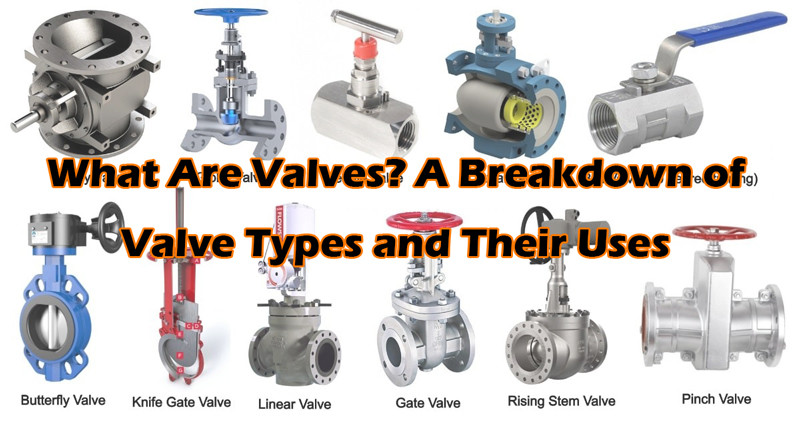
Valves play a crucial role in regulating and controlling the flow of liquids, gases, and other substances in various systems. They are an essential component in industries such as plumbing, oil and gas, water treatment, and manufacturing. Choosing the right valve is key to ensuring optimal performance, safety, and efficiency in a system. In this post, we will explore the different types of valves, their functions, and applications to help you better understand how each valve works and which is most suitable for your needs.
List of valve types
1. Ball Valves
Function: Ball valves are one of the most commonly used valve types in various industries. These valves use a spherical ball with a hole through the middle to control the flow of substances. When the ball is rotated, the hole aligns with the pipe to allow flow, and when it is rotated 90 degrees, it blocks the flow.
Applications: Ball valves are ideal for on/off control of flow, as well as for applications that require tight shut-off. They are widely used in industries such as water treatment, chemical processing, and food and beverage manufacturing.
Advantages:
- Quick and easy operation (quarter-turn)
- Good sealing properties
- Reliable and durable for frequent on/off operations
- Available in various materials like stainless steel, brass, and PVC
Disadvantages:
- Limited to lower-pressure systems in some cases
- Can be more expensive than other types
2. Gate Valves
Function: Gate valves are used to start or stop the flow of liquids or gases in a pipeline. They operate by lifting a gate (or wedge) out of the path of the fluid. These valves are typically used for full flow, as they are not suitable for regulating or throttling flow.
Applications: Gate valves are most commonly used in large pipelines and systems where flow needs to be either fully open or fully closed. They are often found in water, wastewater, and sewage treatment plants.
Advantages:
- Simple design and low cost
- Excellent for full flow applications
- Minimal pressure drop when fully open
Disadvantages:
- Slow to operate due to the need for a full turn to open or close
- Not ideal for throttling or regulating flow
- Vulnerable to corrosion and wear over time
3. Globe Valves
Function: Globe valves are designed to regulate the flow of fluids by allowing precise control over flow rate. The valve consists of a spherical body with an internal baffle, and a plug or disc is used to control flow by blocking or opening up passages.
Applications: Globe valves are commonly used in systems requiring precise flow control, such as in heating and cooling systems, fuel systems, and chemical processing plants.
Advantages:
- Excellent for throttling and flow regulation
- Easy to adjust for precise control
- Good sealing capabilities
Disadvantages:
- Higher pressure drop compared to other valve types
- More expensive and complex than gate valves
- Can be prone to wear and leakage over time
4. Check Valves
Function: Check valves are designed to allow flow in one direction and prevent backflow, ensuring that fluids move only in the intended direction. They are typically used to protect pumps, compressors, and other equipment from reverse flow that could cause damage.
Applications: Check valves are often used in plumbing systems, heating and cooling systems, and in any application where backflow prevention is necessary, such as in sewage and water treatment.
Advantages:
- Simple and reliable design
- Prevents backflow, protecting pumps and equipment
- Available in spring-loaded and non-spring types
Disadvantages:
- Limited control over flow direction (only prevents backflow)
- Can be noisy under certain flow conditions
- May require periodic maintenance to ensure proper operation
5. Pressure Relief Valves
Function: Pressure relief valves are safety devices that automatically release pressure from a system when it reaches a preset level. These valves are designed to protect equipment and pipelines from pressure overloads that could lead to system failure or damage.
Applications: Commonly used in pressure vessels, boilers, steam systems, and gas lines. They are essential in systems that operate under high pressure, ensuring that pressure limits are not exceeded.
Advantages:
- Essential for maintaining system safety
- Automatically resets after discharge
- Prevents catastrophic equipment failure
Disadvantages:
- May be prone to wear and tear if not maintained properly
- Needs regular inspection and testing to ensure functionality
- Requires proper calibration to avoid malfunctioning
6. Ball Check Valves
Function: A ball check valve uses a ball to stop reverse flow in a pipe. The ball moves inside the valve body to block or allow fluid passage based on pressure changes in the system. This type of valve is often used for low-flow applications or where space constraints are a concern.
Applications: Ball check valves are commonly found in smaller piping systems, such as residential plumbing, sump pumps, and HVAC systems.
Advantages:
- Compact design, requiring less space
- Simple and effective for low-flow systems
- Reliable performance in small-scale applications
Disadvantages:
- Less effective for high-pressure or high-flow systems
- Not suitable for precise control of flow
7. Butterfly Valves
Function: Butterfly valves consist of a rotating disc that opens or closes to regulate flow. They operate with a simple quarter-turn motion and are often used in applications where space and weight constraints are a concern. The disc is mounted on a shaft and can be rotated to either block or allow fluid passage.
Applications: Butterfly valves are widely used in HVAC systems, water treatment plants, and in the food and beverage industry, where compactness and ease of use are critical.
Advantages:
- Lightweight and compact design
- Quick operation with a quarter-turn motion
- Suitable for large flow control applications
Disadvantages:
- Less effective at throttling or fine flow control
- May have higher leakage rates than other valve types
8. Needle Valves
Function: Needle valves are designed for precise flow control, allowing for very fine adjustments to flow rates. They consist of a needle-like plunger that moves in and out of a small orifice, regulating the flow with extreme accuracy.
Applications: Needle valves are used in applications that require high precision, such as laboratory systems, gas lines, and fuel control systems.
Advantages:
- Extremely accurate flow control
- Ideal for low-flow applications
- Compact and efficient design
Disadvantages:
- Limited to small-scale applications
- Can be easily clogged if not maintained properly
- May be prone to wear due to small moving parts
9. Solenoid Valves
Function: Solenoid valves are electromechanical devices that use an electric current to control the flow of liquids or gases. They are commonly used in automatic systems where remote control of flow is required, such as in irrigation systems, fuel lines, and industrial automation.
Applications: Solenoid valves are commonly found in HVAC systems, water treatment plants, and industrial automation systems that require remote operation and control.
Advantages:
- Remote control capability
- Ideal for automated systems
- Quick response time
Disadvantages:
- Can be affected by electrical or power issues
- Requires regular maintenance to avoid wear on the solenoid coil
- May be expensive compared to manual valve types
Conclusion
Valves are indispensable in a wide range of industries, each offering unique functionality to control the flow of fluids and gases. Choosing the right valve type depends on various factors such as the nature of the system, flow control needs, pressure requirements, and cost considerations. By understanding the characteristics, applications, and advantages of each valve type, you can make informed decisions that optimize system efficiency, safety, and reliability.
 WOWOW Faucets
WOWOW Faucets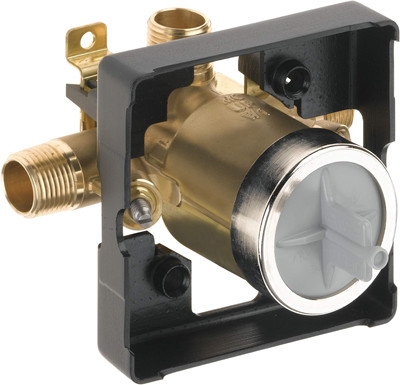
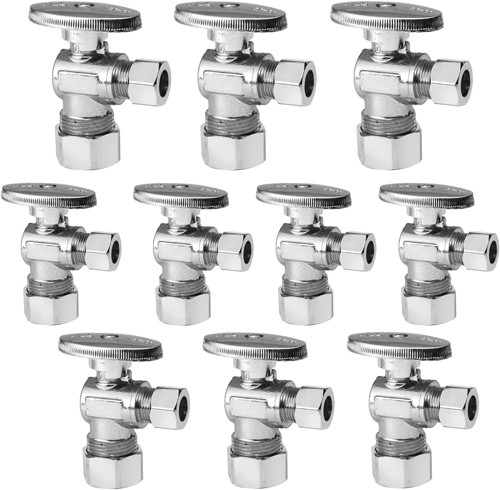
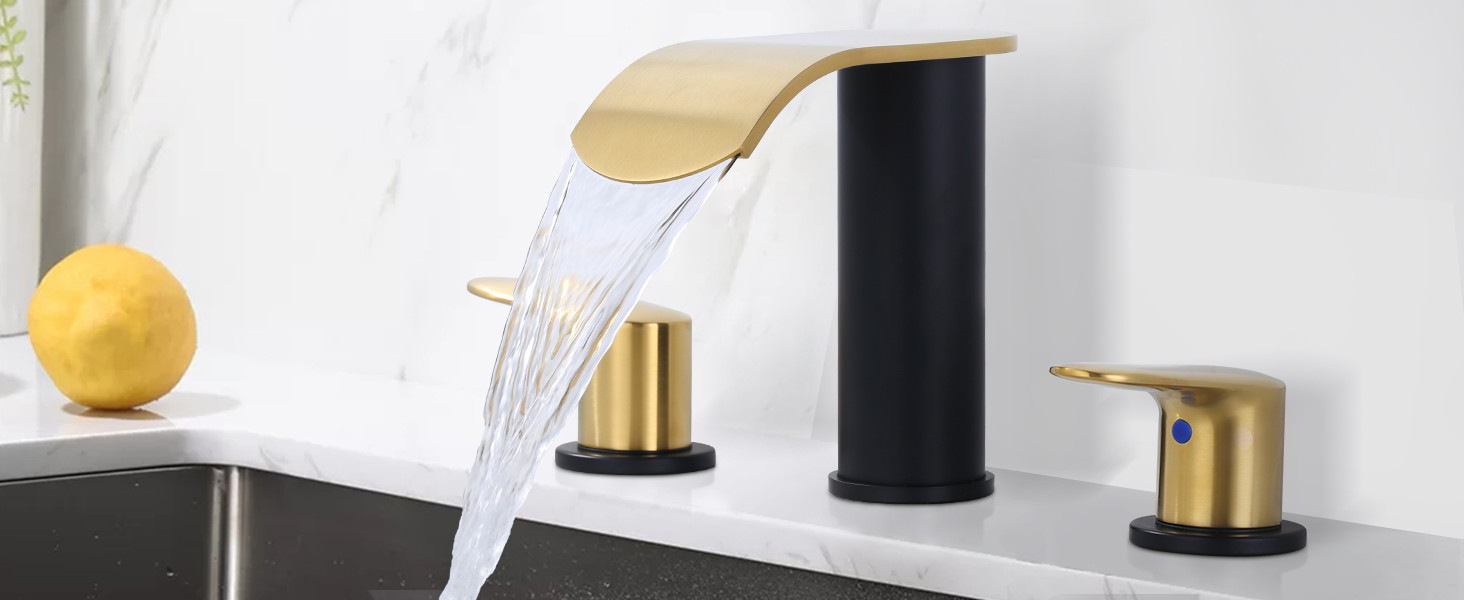

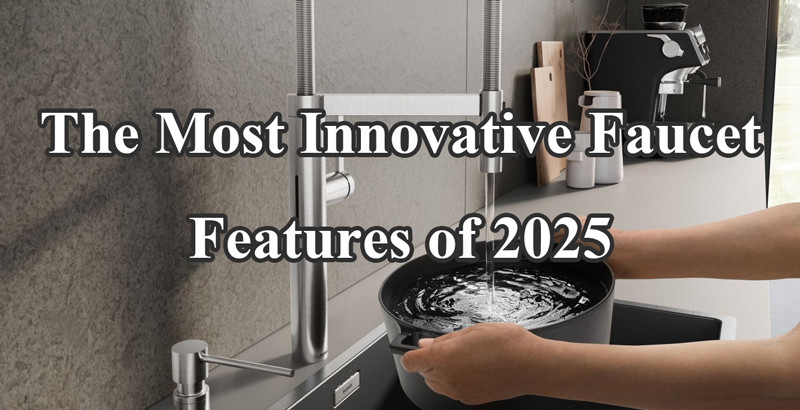

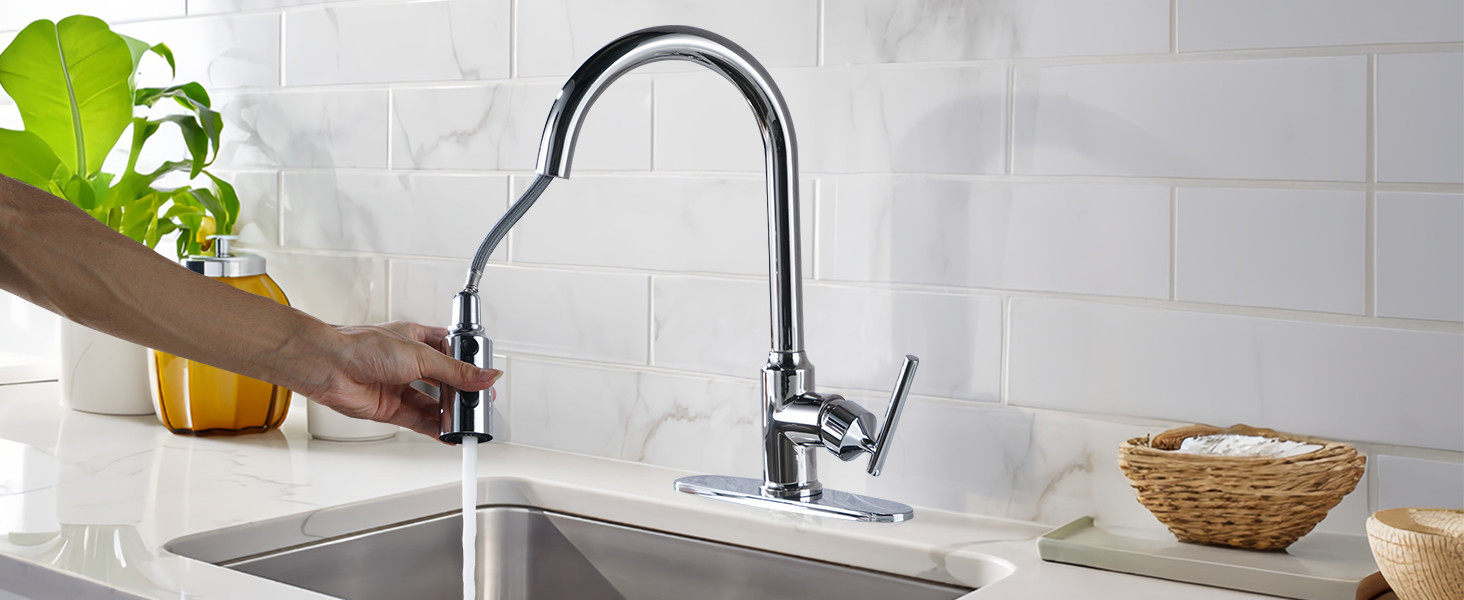

您好!Please sign in